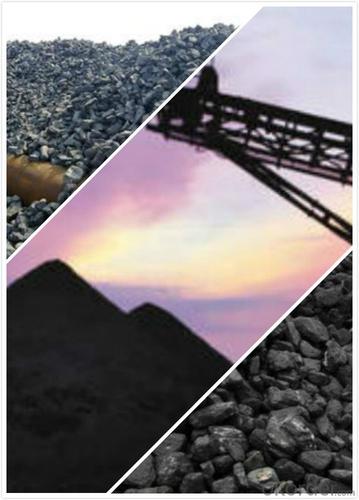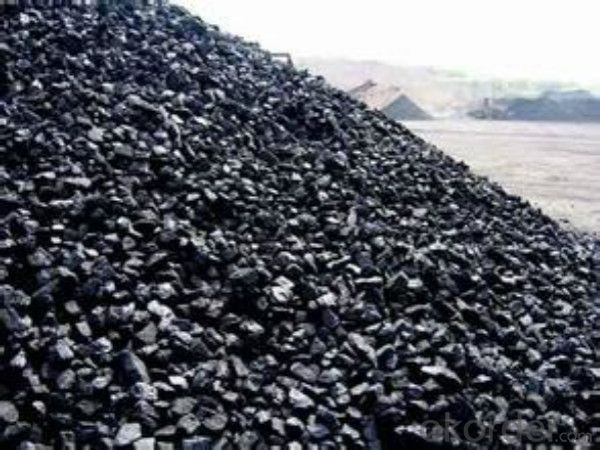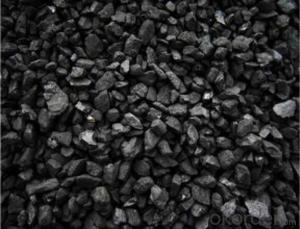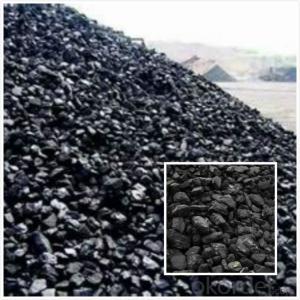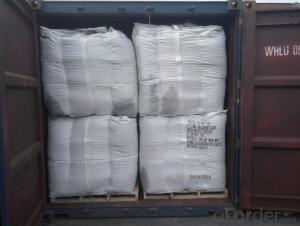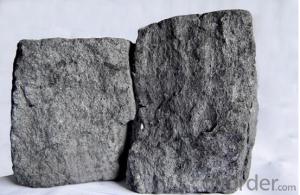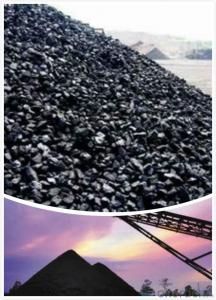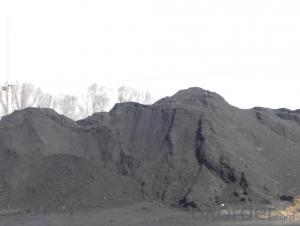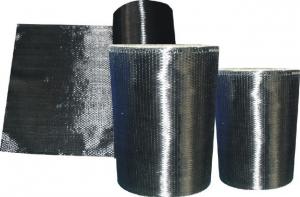150-180mmFoundry Coke Manufactured in China in High Quality
- Loading Port:
- Tianjin
- Payment Terms:
- TT OR LC
- Min Order Qty:
- 800 m.t
- Supply Capability:
- 20000 m.t/month
OKorder Service Pledge
OKorder Financial Service
You Might Also Like
Product Description
Foundry Coke is a kind of main raw materials used for steel making, we have own coke plants at Shanxi province with output 2 million MT.The coke is made from superior coking coal of Shanxi province. Provided with the dvantages of low ash, low sulphur and high carbon.Our coke is well sold in European,American,Japanese and South-east Asian markets.
Features
This is a special coke that is used in furnaces to produce cast and ductile iron products. It is a source of heat and also helps maintain the required carbon content of the metal product. Foundry coke production requires lower temperatures and longer times than blast furnace coke.
Specification
Fixed Carbon | Sulphur Content | Moisture | V.Matter | Ash |
86%min | 0.7%max | 5%max | 1.2%max | 12%max |
88%min | 0.65%max | 5%max | 1.5%max | 10%max |
85%min | 0.8%max | 15%max | 2%max | 13.5%max |
Pictures
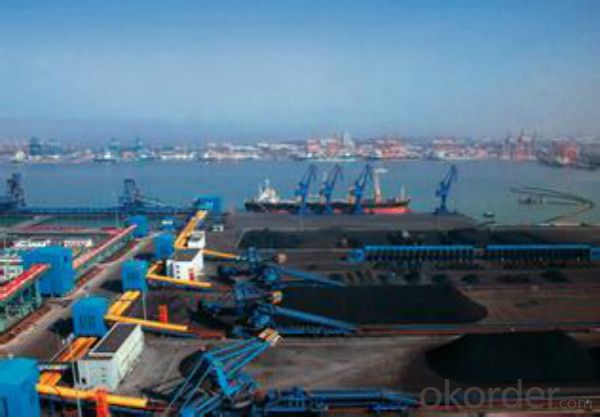
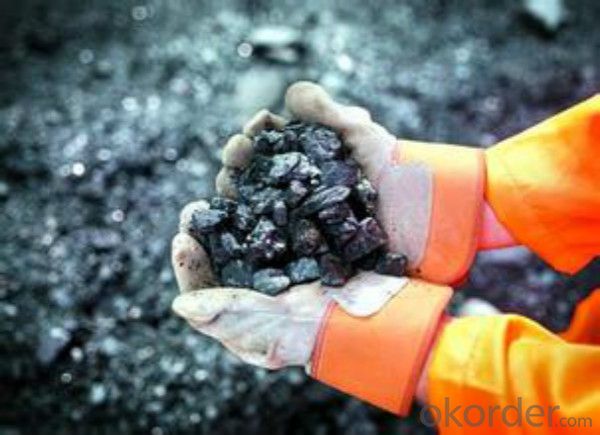
FAQ:
1 How long can we deliver the cargo?
Within 30 days after receiving the LC draft or down payment
2 Time for after-sales?
1 year.
3 Cutomized or general specfications?
Both
- Q: What is the role of carbon in respiration?
- The role of carbon in respiration cannot be overstated, as it serves as a vital element in organic molecules like glucose. When respiration takes place, glucose undergoes a breakdown with the presence of oxygen, resulting in the production of ATP energy. The carbon atoms found in glucose are oxidized, thereby releasing electrons that eventually transfer to oxygen and form carbon dioxide (CO2) as a byproduct. This entire process, which is referred to as cellular respiration, is universal among all living organisms and is indispensable for generating the energy necessary for various cellular activities. The absence of carbon would render respiration impossible and prevent the generation of energy essential for growth, movement, and other vital life functions. Additionally, the carbon dioxide generated during respiration is released into the atmosphere and plays a critical role in the carbon cycle, which contributes to the regulation of Earth's climate and supports plant growth through photosynthesis.
- Q: What's the reason for grading? What about the use of composites? What's the difference?
- 1, carbon fiber has a benzene ring structure, making it difficult to rotate the molecular chain. A polymer molecule cannot fold and stretch to form a rodlike structure, thus giving fibers a high modulus.The linear structure of carbon fiber polymers allows molecules to be arranged so closely that a large number of polymer molecules can be accommodated in a unit volume. This high density makes the fibers stronger.
- Q: What is carbon offsetting in the fashion industry?
- Carbon offsetting in the fashion industry refers to the practice of compensating for the greenhouse gas emissions produced during the production, transportation, and disposal of clothing and accessories. This process involves investing in projects or activities that reduce or remove an equivalent amount of carbon dioxide (CO2) from the atmosphere to offset the emissions generated by the industry. Fashion is known for its significant contribution to environmental degradation, with the production of textiles, manufacturing processes, and transportation all contributing to carbon emissions. Carbon offsetting provides a way for fashion brands and companies to take responsibility for their carbon footprint and work towards reducing their environmental impact. There are various ways in which carbon offsetting is implemented in the fashion industry. One common method is through the support of renewable energy projects, such as wind farms or solar power plants, which generate clean energy and reduce the reliance on fossil fuels. By investing in these projects, fashion brands can offset a portion of their emissions by supporting the production of renewable energy that displaces the need for fossil fuel-based energy sources. Another approach to carbon offsetting is through reforestation or afforestation projects. Trees play a crucial role in absorbing CO2 from the atmosphere, so planting trees or conserving existing forests can help offset emissions. Fashion companies can invest in projects that protect existing forests from deforestation or support initiatives that plant trees in areas affected by deforestation or land degradation. Moreover, some fashion brands opt for carbon offsetting by investing in projects that capture and store carbon dioxide from the atmosphere, such as carbon capture and storage (CCS) technologies. These projects focus on removing CO2 emissions from industrial processes, preventing them from being released into the atmosphere. It is important to note that carbon offsetting should not be seen as a complete solution to the fashion industry's environmental impact. While it can help mitigate some of the emissions, it is crucial for brands to prioritize reducing their carbon footprint through sustainable practices, including using eco-friendly materials, improving energy efficiency, and implementing circular fashion initiatives. Overall, carbon offsetting in the fashion industry is a strategy to compensate for the greenhouse gas emissions generated throughout the supply chain. By investing in projects that reduce or remove an equivalent amount of CO2 from the atmosphere, fashion brands can take steps towards minimizing their environmental impact and working towards a more sustainable future.
- Q: What kinds of barbecue carbon do you have?
- The disadvantage is more expensive. Ordinary charcoal advantages are cheap, disadvantages are different sizes, barbecue uneven fire, burning time is short, the process of baking carbon must be added. The mechanism of carbon is actually a mixture of carbon and coal, pressed into the multi hollow prism, from carbon containing ash on the look out the composition of coal.
- Q: What are the sources of carbon emissions?
- Carbon emissions are primarily caused by human activities that involve the burning of fossil fuels such as coal, oil, and natural gas. The largest source of carbon emissions is the burning of fossil fuels for electricity generation, transportation, and industrial processes. Power plants that burn coal and natural gas account for a significant portion of carbon emissions, as do vehicles that run on gasoline and diesel fuels. Industrial processes, particularly in sectors such as cement production and steel manufacturing, also contribute to carbon emissions. These processes release carbon dioxide (CO2) during the chemical reactions involved in the production of these materials. Deforestation and land-use changes are another significant source of carbon emissions. When forests are cleared, the carbon stored in trees is released into the atmosphere as CO2. Additionally, the loss of forests reduces the Earth's capacity to absorb CO2 through photosynthesis, exacerbating the problem. Agricultural activities, particularly livestock farming, contribute to carbon emissions through the release of methane (CH4) from the digestive systems of animals and the decay of organic matter. The use of synthetic fertilizers in agriculture also contributes to carbon emissions as they release nitrous oxide (N2O), a potent greenhouse gas. Other sources of carbon emissions include waste management practices, particularly the decomposition of organic waste in landfills, and certain industrial processes that release other greenhouse gases such as hydrofluorocarbons (HFCs) and sulfur hexafluoride (SF6). It is important to note that while carbon emissions are predominantly caused by human activities, natural processes such as volcanic eruptions and wildfires also release carbon dioxide into the atmosphere. However, these natural sources are significantly smaller compared to human-induced emissions.
- Q: How does carbon affect the formation of avalanches?
- The formation of avalanches is not directly affected by carbon. Rather, factors such as snowpack stability, slope angle, and weather conditions primarily contribute to their occurrence. Nevertheless, avalanche formation can be indirectly influenced by carbon emissions and climate change, which impact snowpack stability. Increased levels of carbon dioxide in the atmosphere contribute to global warming, consequently affecting the overall climate. This warming leads to changes in precipitation patterns, snowfall amounts, and snowpack characteristics. Higher temperatures can cause rain instead of snow, resulting in a less stable snowpack. Climate change, in addition to altered precipitation patterns, can cause the melting and refreezing of snow. This process creates weak layers within the snowpack. When combined with subsequent snowfall and wind, these weak layers can lead to unstable snowpacks that are prone to avalanches. Moreover, carbon emissions contribute to the overall warming of the planet, which in turn can lead to the retreat of glaciers. Glaciers act as natural barriers and stabilizers in mountainous regions, reducing the likelihood of avalanches. However, as glaciers shrink, they leave behind unstable slopes, thereby increasing the potential for avalanches. It is important to emphasize that while carbon emissions and climate change indirectly influence avalanche formation, they are not the primary or sole cause. Local weather conditions, slope angles, and snowpack stability assessments conducted by avalanche experts play a more immediate role in determining the likelihood of avalanches.
- Q: How can carbon capture and storage be implemented?
- Carbon capture and storage (CCS) can be implemented through a three-step process. First, carbon dioxide (CO2) is captured from industrial emissions sources such as power plants or factories. This can be done using technologies like post-combustion capture, pre-combustion capture, or oxy-fuel combustion. Second, the captured CO2 is transported via pipelines or ships to suitable storage sites. These storage sites can include deep underground geological formations, such as depleted oil and gas fields or saline aquifers. Finally, the CO2 is securely stored in these underground reservoirs, preventing it from being released into the atmosphere. Implementing CCS requires the development of appropriate infrastructure, supportive policies, and investment in research and development to make the process economically viable and environmentally sustainable.
- Q: Who is the high carbon content of stainless steel and ordinary steel?
- This is not necessarily stainless steel is carbon steel, based on the addition of zinc, nickel and chromium and other elements
- Q: What are the advantages of carbon-based fuel cells?
- Carbon-based fuel cells offer several advantages that make them a promising technology for the future. Firstly, they have a higher energy density compared to conventional batteries, meaning they can store and deliver more energy per unit weight. This allows for longer operating times and greater power output, which is particularly beneficial in applications requiring high power density and long-range capabilities, like electric vehicles. Secondly, carbon-based fuel cells boast a faster refueling time than conventional batteries. While it can take hours to recharge a battery, refueling a carbon-based fuel cell can be done in a matter of minutes. This significant advantage reduces refueling downtime and enables more convenient and efficient usage of the technology. Furthermore, carbon-based fuel cells have a lower environmental impact compared to traditional combustion engines. They produce only water and heat as byproducts, making them clean and environmentally friendly. This is in contrast to internal combustion engines that emit harmful pollutants contributing to air pollution and climate change. Another advantage of carbon-based fuel cells is their versatility and compatibility with existing infrastructure. They can easily be integrated into current energy systems, facilitating a smooth transition from fossil fuels to cleaner energy sources. This compatibility makes carbon-based fuel cells a viable option for various applications, from portable electronics to residential power generation. Lastly, carbon-based fuel cells have the potential to contribute to energy independence. As carbon-based fuels can be derived from renewable sources like biomass or waste, they offer a sustainable and domestically sourced energy solution. This reduces dependence on foreign oil and enhances energy security for countries. In conclusion, the benefits of carbon-based fuel cells include higher energy density, faster refueling time, lower environmental impact, compatibility with existing infrastructure, and the potential for energy independence. With these advantages, carbon-based fuel cells have the potential to revolutionize the energy landscape and provide a sustainable and efficient alternative to conventional energy sources.
- Q: How can Dungeon Fighter Online's superior furnace rock carbon be obtained?
- DNF will be added to our senior LU Yan carbon in the mall, priced at 450 points and 50 points 10 coupon coupon 1, after use can start advanced equipment to strengthen in Kylie, strengthen the probability of success is greater, the following is a detailed introduction.
Send your message to us
150-180mmFoundry Coke Manufactured in China in High Quality
- Loading Port:
- Tianjin
- Payment Terms:
- TT OR LC
- Min Order Qty:
- 800 m.t
- Supply Capability:
- 20000 m.t/month
OKorder Service Pledge
OKorder Financial Service
Similar products
Hot products
Hot Searches


